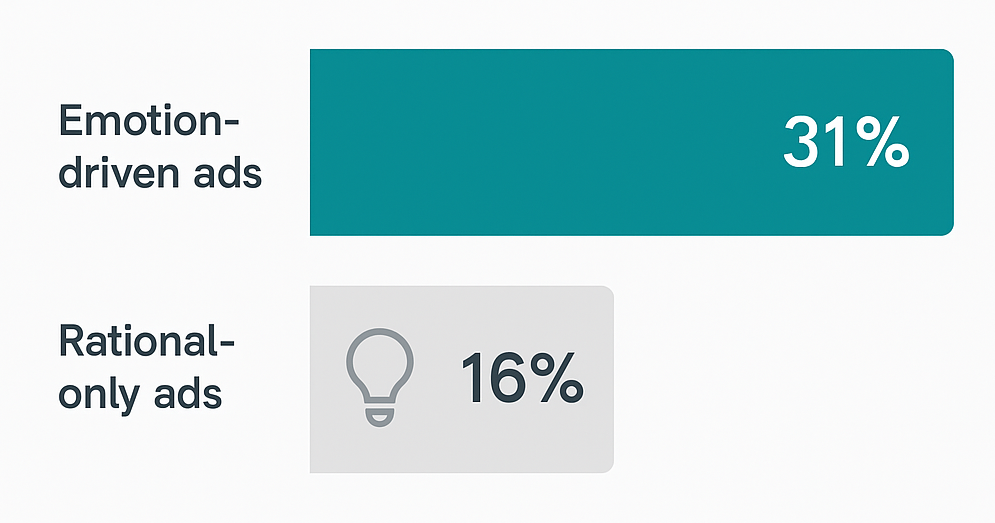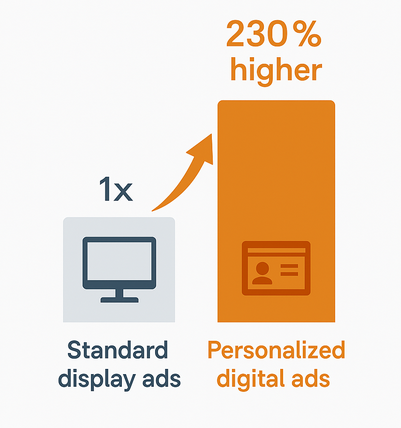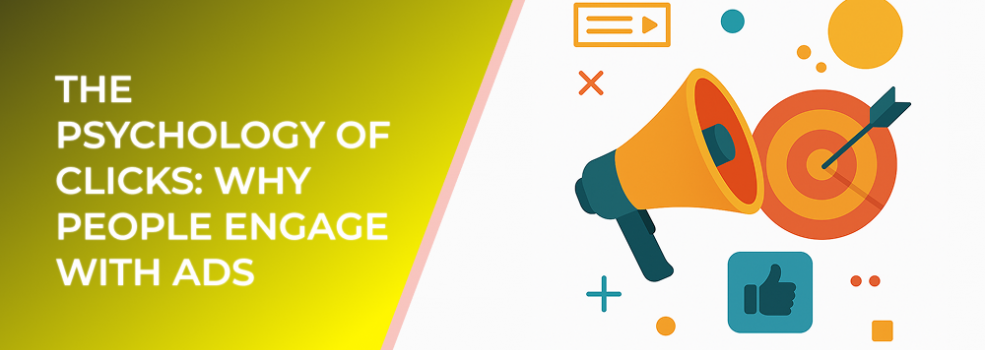This article explores the psychology behind engagement, revealing how emotions, curiosity, and trust shape user behavior—and how marketers can use these insights to improve performance.
Clicking an ad may seem like a simple action, but behind each click lies a complex web of motivations, cognitive biases, and emotional triggers. Understanding the psychology of clicks helps marketers design campaigns that not only attract attention but also inspire action.
1. The Role of Emotions in Ad Engagement
Emotions drive decisions more than logic. Studies in neuromarketing reveal that emotionally charged content performs 2–3 times better than rational messages. Ads that trigger joy, surprise, or empathy often outperform those that focus solely on product features.

Emotional ad content delivers nearly twice the success rate of rational-only messages
Emotional resonance also builds memory. When users feel something, they remember the ad—and the brand—longer. This connection makes them more likely to engage or convert later.
2. The Power of Curiosity and Cognitive Gaps
Humans are naturally curious. When ads create a "curiosity gap" by hinting at information without revealing it all, users are compelled to click. Headlines or visuals that raise questions or promise insight can increase click-through rates significantly. According to a study by Outbrain, curiosity-driven headlines can boost engagement by up to 38%.
However, the key is balance—overusing clickbait or misleading content quickly erodes trust. The most effective ads satisfy curiosity with genuine value.
3. Trust as a Click Catalyst
Trust is fundamental in driving engagement. Research shows that 70% of consumers are more likely to click ads from brands they already trust. Elements that foster trust include consistent brand visuals, transparent messaging, and social proof.
Small design details also matter: verified badges, user testimonials, and professional-quality visuals subconsciously signal reliability and safety, encouraging users to interact.
4. Relevance and Personalization
Relevance is perhaps the most direct route to engagement. Personalized ads—those tailored to a user’s interests or behaviors—can generate up to 200% higher CTRs compared to generic ones. Machine learning and audience segmentation tools enable brands to deliver ads that feel uniquely relevant, creating the sense that "this is for me."

Personalised ads can deliver more than three times the click-through rate of non-personalised display ads
When ads align with users’ current goals or life stages, engagement becomes a natural outcome rather than a forced one.
5. The Role of Design and Attention Triggers
Visual hierarchy, contrast, and motion are powerful psychological cues. Eye-tracking studies show that users spend 60% more time looking at visuals than text in ads. Bright, balanced colors and minimalistic layouts help direct attention to the main action point—the click.
Call-to-action (CTA) buttons that stand out visually and use action-oriented language (like "Discover," "Try," or "Get Started") can further drive engagement. Simplicity and focus often outperform visual clutter.
6. Timing and Context
Context is everything. The same ad can perform drastically differently depending on when and where it appears. Ads shown during moments of leisure or exploration (e.g., on social media during evenings) tend to have higher engagement rates. Context-aware ad delivery—for instance, targeting users after they view related content—amplifies click potential.
Key Takeaway
Clicks are not random—they are the result of emotional resonance, trust, relevance, and context aligning in a precise moment. The best-performing ads speak to both the heart and the mind, turning curiosity into action.
You may also like:

